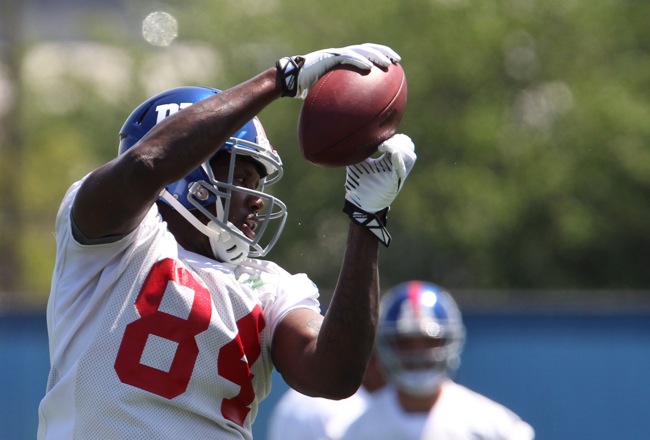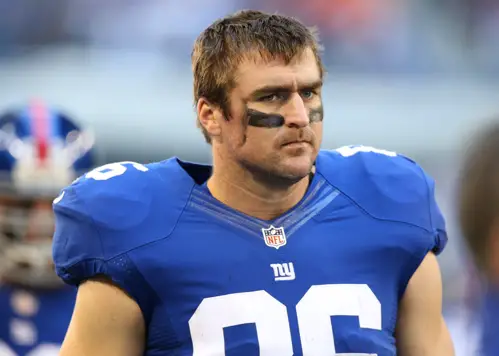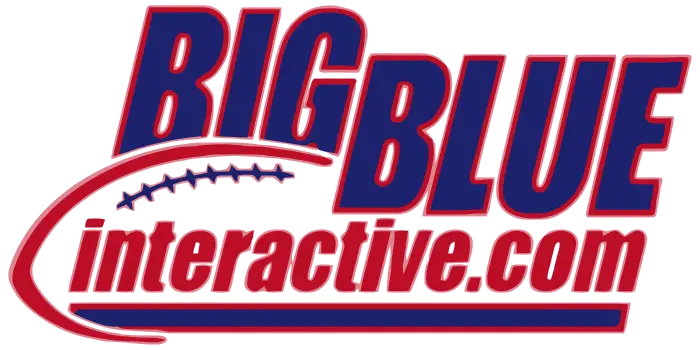
by Eric Kennedy | Jul 7, 2014 | Articles, Roster Breakdown
[contentblock id=1 img=html.png] With the New York Giants reporting to camp in less than a month, BigBlueInteractive.com is breaking down each of the team’s positional groups from now until July 21. FIND A COMPLETE LIST OF ALL BREAKDOWNS HERE POSITIONAL...
![Big Blue Breakdown: Passing on Tight End the Right Decision?]()
by Connor Hughes/BBI | Jun 16, 2014 | Articles
[contentblock id=1 img=html.png] For the first time this season, we introduce the Big Blue Breakdown. Throughout the course of the year, BBI’s Connor Hughes will be joined by Art Stapleton, Jordan Raanan, Patricia Traina and others tackling the hottest topics...

by Eric Kennedy | Jul 15, 2013 | Articles, Roster Breakdown
Offseason Breakdown: New York Giants Tight Ends If a tight end can’t block, he won’t play for the New York Giants. It’s that simple. In the Giants’ system, blocking is as critical, if not more important, than pass receiving. The traditional down tight end (hand in the...



